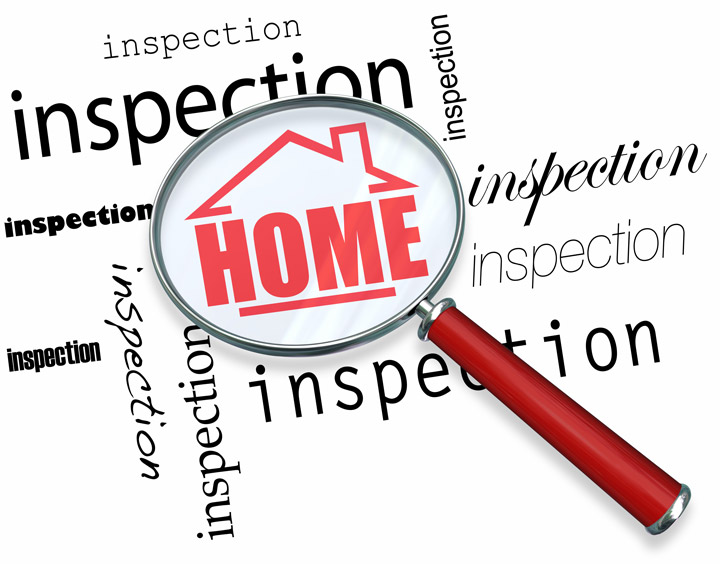
Comprehending AppraisalsTheir home's purchase is the most significant transaction many may ever make. It doesn't matter if where you raise your family, a second vacation home or a rental fixer upper, purchasing real property is a complex financial transaction that requires multiple people working in concert to make it all happen. Practically all the parties involved are very familiar. The real estate agent is the most familiar face in the transaction. Then, the lender provides the financial capital necessary to bankroll the exchange. And ensuring all aspects of the transaction are completed and that the title is clear to pass from the seller to the purchaser is the title company. So, what party is responsible for making sure the value of the property is consistent with the purchase price? This is where the appraiser comes in. We provide an unbiased opinion of what a buyer could expect to pay — or a seller receive — for a parcel of real estate, where both buyer and seller are informed parties. A licensed, certified, professional appraiser from John Blair Appraisal will ensure, you as an interested party, are informed. Appraisals begin with the home inspectionOur first duty at John Blair Appraisal is to inspect the property to ascertain its true status. We must see features first hand, such as the number of bedrooms and bathrooms, the location, amenities, etc., to ensure they indeed are present and are in the condition a typical person would expect them to be. The inspection often includes a sketch of the floorplan, ensuring the square footage is accurate and conveying the layout of the property. Most importantly, the appraiser identifies any obvious features - or defects - that would have an impact on the value of the house. After the inspection, we use two or three approaches to determining the value of real property: a paired sales analysis, a replacement cost calculation, and an income approach when rental properties are prevalent. 
Replacement CostThis is where the appraiser pulls information on local building costs, the cost of labor and other factors to calculate how much it would cost to replace the property being appraised. This value often sets the upper limit on what a property would sell for. It's also the least used predictor of value. 
Sales ComparisonAppraisers get to know the subdivisions in which they appraise. They thoroughly understand the value of certain features to the homeowners of that area. Then, the appraiser looks up recent transactions in close proximity to the subject and finds properties which are 'comparable' to the property being appraised. Using knowledge of the value of certain items such as remodeled rooms, types of flooring, energy efficient items, patios and porches, or extra storage space, we adjust the comparable properties so that they are more accurately in line with the features of subject.
Once all necessary adjustments have been made, the appraiser reconciles the adjusted sales prices of all the comps and then derives an opinion of what the subject could sell for. At John Blair Appraisal, we are an authority in knowing the value of particular items in El Cajon and San Diego County neighborhoods. This approach to value is commonly awarded the most consideration when an appraisal is for a real estate exchange. Valuation Using the Income ApproachIn the case of income producing properties - rental houses for example - the appraiser may use an additional approach to value. In this situation, the amount of revenue the property yields is factored in with income produced by comparable properties to determine the current value. ReconciliationAnalyzing the data from all applicable approaches, the appraiser is then ready to state an estimated market value for the property in question. It is important to note that while this amount is probably the most reliable indication of what a house is worth, it may not be the price at which the property closes. Depending on the specific situations of the buyer or seller, their level of urgency or a buyer's desire for that exact property, the closing price of a home can always be driven up or down.But the appraised value is often employed as a guideline for lenders who don't want to loan a buyer more money than they could get back in the event they had to put the property on the market again. Here's what it all boils down to, an appraiser from John Blair Appraisal will guarantee you get the most accurate property value, so you can make wise real estate decisions. |